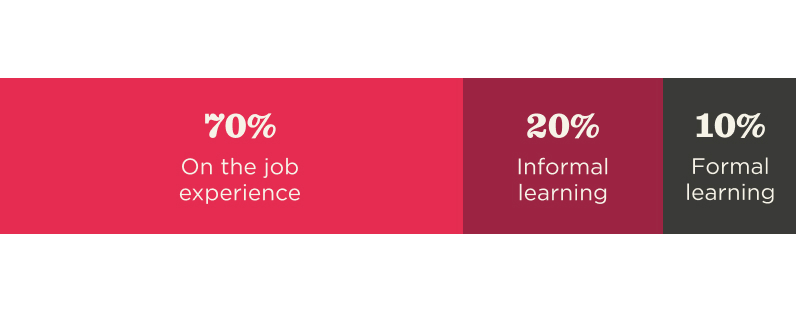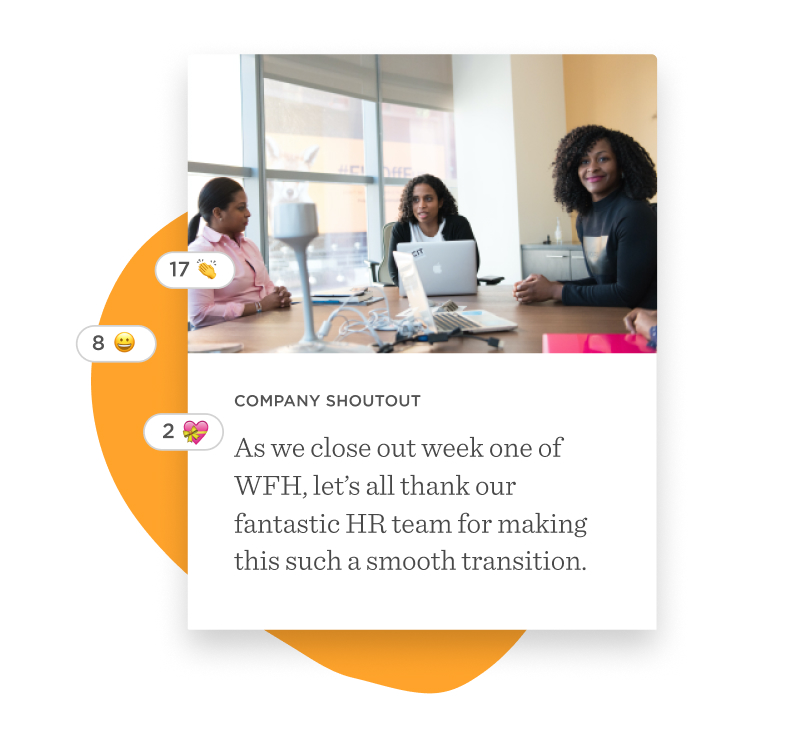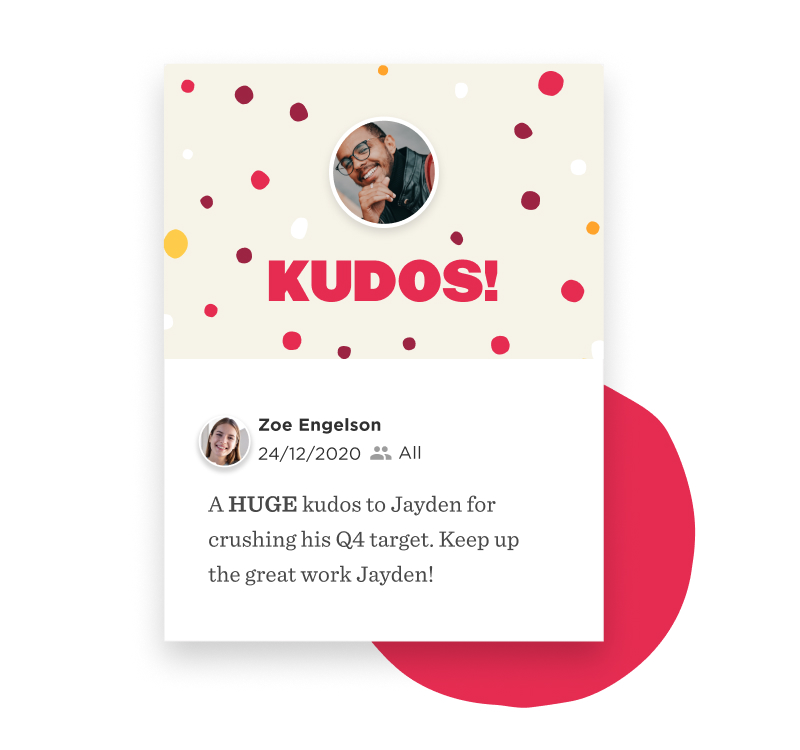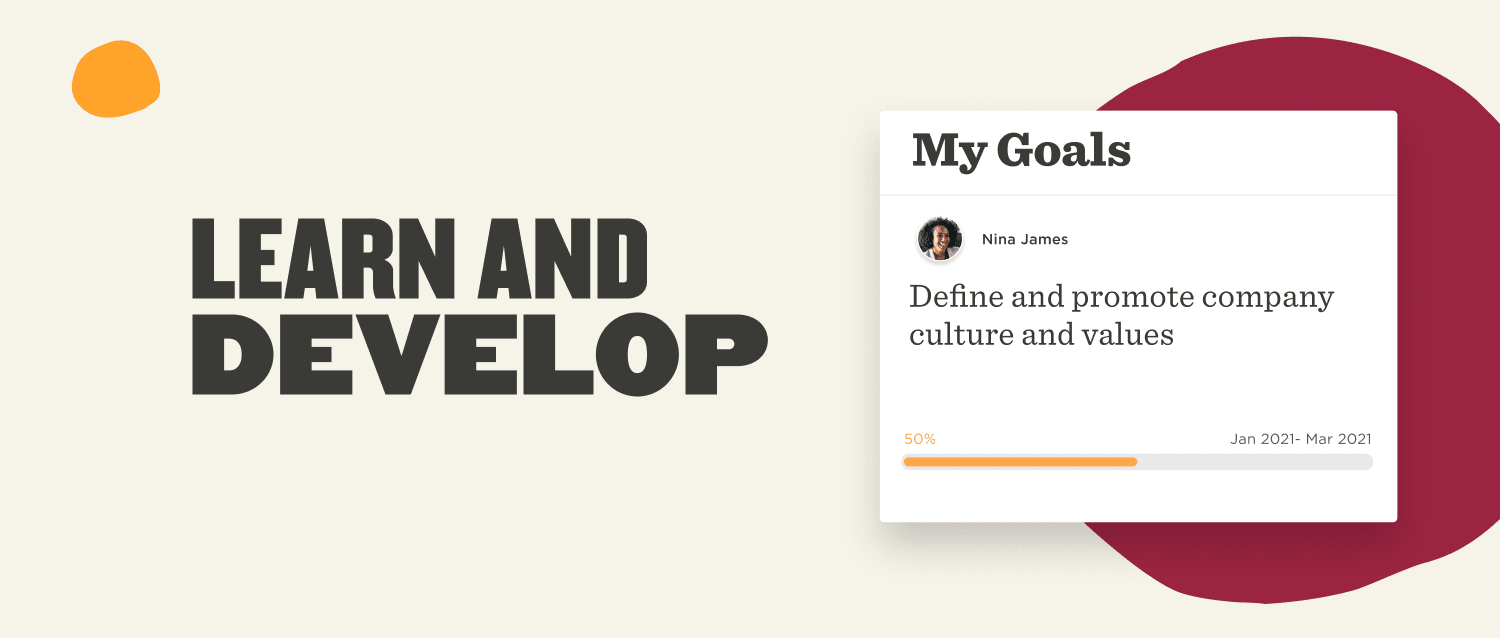Learning and development (L&D) is a specialized HR function, empowering employees to gain skills to drive their business performance and, ultimately, their company’s performance.
Learning and development programs include:
- Skill-based training
- Courses and seminars
- Conferences
Learning and development is an essential part of the employee lifecycle which helps employees feel empowered and creates opportunities for growth in the workplace.
Let’s discuss:
- The connection between learning and development and employee satisfaction
- How learning and development can increase retention
- Incorporating learning and development into company culture
- How to support employee learning and development using Bob
The importance of learning and development for employees
Learning and development is crucial to employee growth for those who want to learn new skills and advance in their careers. It’s an excellent tool for employee retention, with LinkedIn’s 2019 Workforce Learning Report finding that 94% of employees would stay at a company longer if it invested in their learning and development. Learning and development is no longer considered a perk—it’s become an expectation for employees invested in their long-term success.
The benefits of learning and development extend far and wide, both for the employee and ultimately for the company:
- Enhancing performance: employees that are empowered through learning will be more productive, leading to opportunities for growth
- Increasing employee satisfaction: learning and development helps employees to feel happier and more valued
- Future-proofing your business: employees that feel empowered by learning and see opportunities for growth will want to stay with your company
So now we’ve established the importance of learning and development, let’s dig deeper into the different ways it can be achieved in the workplace.
Different types of workplace learning and development
The workplace provides many opportunities for learning, some of which are formal, and others that are informal. Both of these different types of learning are integral to company culture and employee experience.
Formal learning can look like:
- Security and compliance training during onboarding
- Regular workplace sexual harassment seminars
- Skill-based learning
- Industry and field conferences
- Higher education sponsorship and courses
Less formal learning is just as important. This often looks like:
- Reading articles or viewing videos
- Sharing knowledge with peers
- Social learning over lunch
According to the 70:20:10 model for learning and development, 70% of learning in the workplace takes place on the job, 20% of learning is informal, and only 10% is through formal learning.

The 70:20:10 model helps companies design a learning strategy that maximizes workforce learning and development while boosting employee performance.
Incorporating learning and development into company culture
HR leaders are instrumental in defining and planning how the learning and development plan of their companies will look and how to create a culture of learning. This culture should value and recognize all the different types of learning and development of the 70:20:10 model, nurturing and empowering employees to be curious, learn from their peers, and develop their skills as new needs arise.
To get started, HR should identify how to promote, support, and celebrate the value of L&D and L&D achievements by their people and make it a core value within the company and corporate culture. An HRIS such as Bob will help to create and support this framework.
How Bob supports and celebrates learning and development
The Bob HRIS was built with people in mind, helping to empower a company culture that puts employee growth in the front and center. Employees, supervisors, peers, and HR can plan, track, and celebrate learning and development using Bob.
Celebrating employee development in Bob
Employee development and achievement can be celebrated with the whole company using Bob’s Shoutouts. Use Shoutouts to announce and celebrate a job well done or a promotion. Shoutouts make these events public and celebrated.

Kudos celebrate outstanding achievements by employees, engaging them, and nurturing informal learning. This type of peer to peer recognition within a company helps engage employees, making them feel appreciated and accomplished.

Using Bob’s Superpowers feature, employees can let others know about any special skills that they have. If you’re an ace at Asana, fluent in French, or a public speaker extraordinaire, you can find your kind and teach your skills. This sharing helps create a company culture of sharing, learning, and collaboration.

Managing learning through Bob’s Goal Setting feature
bob’s Goal Setting feature helps you to put your employees’ professional development first. Managers and HR can assign training as a goal for the employee; either as part of the onboarding process or to complete training on a specific subject or software. Employees can also set goals for themselves, creating timelines for personal achievements, in the next month, quarter, or year.

Recommended For Further Reading
Recognizing learning and development milestones
Bob integrates with popular learning management systems (LMS) such as HowNow and Auzmor so you can seamlessly manage training and certifications and enter these milestones into employee timelines. With Bob, companies can track employees’ learning and development achievements and position them as essential parts of the employee journey.
Conclusion
Employees want to feel like they are gaining skills and advancing in their careers. In order to increase employee satisfaction and retain their people, companies need to make learning and development a central part of the employee experience and company culture. Bob makes this easy by seamlessly integrating with modern LMS, celebrating employee achievements and milestones, and encouraging collaboration among all members of the organization.


